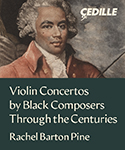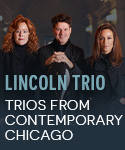Listening to Paul Hindemith’s earlier, dance-inspired piano works such as the 1922 Suite and the Op. 19 Tanzstücke, I always wonder if a wind or brass ensemble would better suit the composer’s clotted pantonal harmonic language. Be that as it may, Toros Can’s outstanding pianism makes as “swinging” a case for the 1922 Suite’s “Boston” and “Ragtime” movements as Sviatoslav Richter (a Decca recording that may be hard to find), and manages a more eloquent and floating “Nachtstück” at that. In addition, Can turns the five Tanzstücke into a vertiable and well diversified mini-drama, with plenty of dynamic and character contrast. Ditto for the Second Sonata’s long, singing lines at the start of the first movement and throughout the central “Lebhaft” (grander and more waltz oriented than usual). At the same time, the color and heft with which Can observes the composer’s woodwind-like phrasing (first-movement second subject, the concluding Rondo) contrasts to Glenn Gould’s dry-eyed acuity.
The engineering, however, is distant, hollow, and hazy in detail, akin to the results you might obtain from a good, semi-professional audience recording. For sonic reasons alone, I am hesitant to recommend this disc to general listeners. A pity, for Toros Can’s special way with the Second Sonata shouldn’t go unnoticed.
































